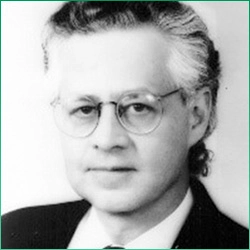
Norman Brooks
Skin Cancer Medical Center, USATitle: Use of Zinc Chloride for Melanoma
Abstract
Zinc chloride is a very deeply penetrating
agent that destroys tissue and has been used since 1835 by physicians to treat
skin cancers, melanoma and breast cancer. For application to these tumors the
zinc chloride has historically been suspended in a paste. In the 1930’s Mohs, the physician who
invented Mohs Surgery, was the first to combine surgery with the use of zinc
chloride. Mohs believed that surgery can
spread a melanoma and applied the zinc chloride during and after surgery to
prevent the spread. His clinical data
showed that survival was much improved for melanoma with the use of zinc
chloride versus surgery alone.
Besides physician’s use, zinc chloride has also been
sold over the counter as an alternative remedy to surgery for skin cancers,
moles and skin tags. The zinc chloride
sold over the counter is typically suspended in a paste containing blood root
and stibnite which turns the paste black and has become known as black salve. It is readily available for sale worldwide
online by vendors located in countries lacking regulatory control. In a survey of 340 adult patients who had
used black salve 60% were satisfied or very satisfied with the results. However, self-treatment with this deeply
penetrating, destructive chemical is dangerous and highly risky. There can be scarring, and deformity from its
use, as well as misdiagnosis and even death from metastasis of an improperly
treated melanoma.
However, new simplified techniques using
zinc chloride solution suspended in distilled water, applied to a melanoma
wound after surgery is very promising and may prevent the potential surgical
spread of a melanoma.
Biography
Norman A. Brooks, M.D. has been in private
practice as a dermatologist and Mohs skin cancer surgeon for over 40 years in
Encino, California. He has successfully used zinc chloride to treat many
melanomas over the years, and is a strong advocate of this agent to prevent the
surgical spread of melanoma.

